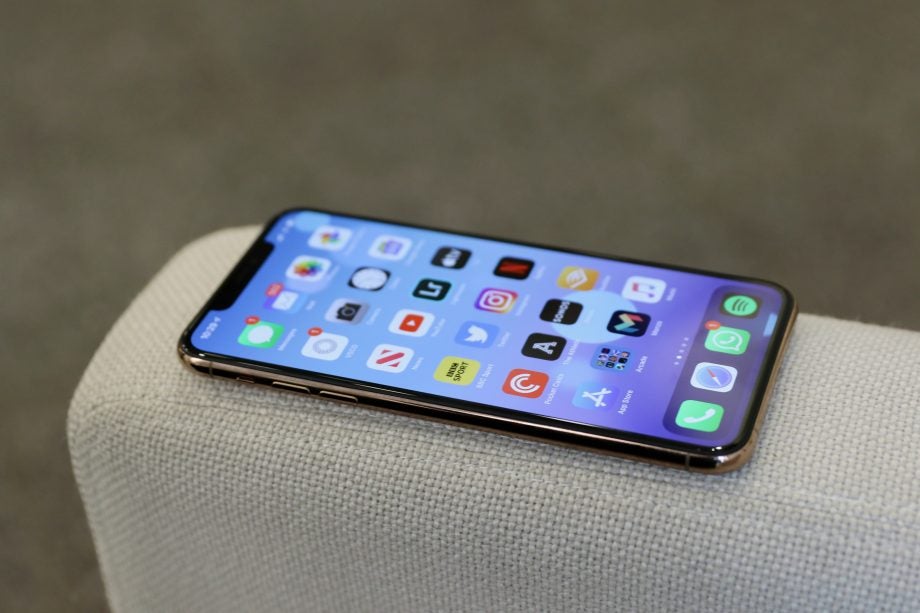How to play Hi-Res Audio music on your iPhone

How to play Hi-Res Audio music on your iPhone: Unsurprisingly, trying to play Hi-Res audio on an iPhone is a bit of faff. Thankfully, there is a way to get around Apple’s reluctance with Hi-Res music playback.
If you’re a music lover and an iPhone owner, you’ll be somewhat frustrated that Apple hasn’t made it easy to listen to music in the highest quality possible, at least not through the native Music app.
However, this issue is more of a software-related one. That means that there is a way to bypass these limitations, but you’ll need some extra equipment to do so.
How to play Hi-Res Audio music on your iPhone
There are two clear ways of playing Hi-Res audio on an iPhone, but let’s quickly go through the ways that you can’t.
First, you can’t play tracks via Bluetooth. Apple’s iPhones don’t support aptX-HD. In fact they don’t appear to support apt-X in any form, favouring AAC instead. Secondly, the iPhone’s onboard DAC is only in a dialogue with the smartphone’s speakers, so it can’t send audio out to external devices.
However, the internal DAC can be bypassed by a hard-wired connection to a pair of headphones with the Lightning-to-3.5mm adapter. This initially seems like good news, but output via the Lightning connector is limited to 48kHz, which means all that information in the higher bit-rates will be downsampled and the quality reduced.
The solution is a Digital Analogue Converter, or a DAC. Some are small enough to fit into your pocket, but for those who prefer wireless listening, it is something of an inelegant solution. You’ll also need to connect the DAC via Apple’s Lightning-to-USB 3 Camera adaptor.
Audioquest’s Dragonfly Red or Black are small enough to not be a nuisance in your pocket. This also means that, when streaming from music services such as Amazon Music HD, Qobuz and Tidal, you’ll be able to listen to them at full quality.
Of course, if you’re not streaming, the Music app on the iPhone doesn’t support FLAC etc unless it’s re-encoded into ALAC. You can obtain Hi-res music from 7digital, Qobuz and HighResAudio, but you’ll need a separate app to play music on the iPhone.
The most popular app for this is VOX, which is free. There is a premium option at $4.99/month and $49.99/year that adds advanced settings, cloud storage and playlist syncing.
Download the app from the iOS store, connect the iPhone to iTunes (or Apple Music app for Mac OS users), and head to the File Sharing feature in the iPhone settings area and they’ll be a list of compatible apps you can use to transfer Hi-Res audio files.
All you need to do is drag, drop and press done. Now you should be able to play Hi-res audio on your iPhone (don’t forget that DAC), whether it’s on the device, or streaming from a music service.
What is Hi-Res Audio?
For the uninitiated or those who need a bit of a refresher, Hi-Res audio is both a technical and marketing term for audio playback that’s higher than 16-bit/44.1kHz, or more commonly referred to as CD quality. In order to hear this music at this level, you need hardware capable of doing so.
Related: What is Hi-Res Audio?
The iPhone can play MP3, AAC, WAV, ALAC and AIFF, but it can’t play native DSD or FLAC files. But as we mentioned before, recent iPhones are capable of playing Hi-Res audio, it takes a little bit of know how.


